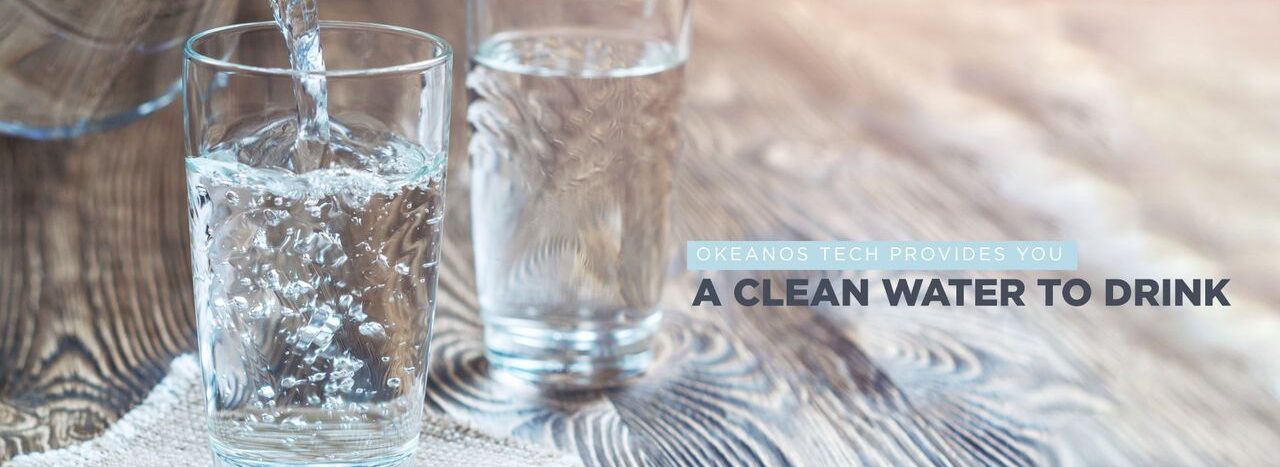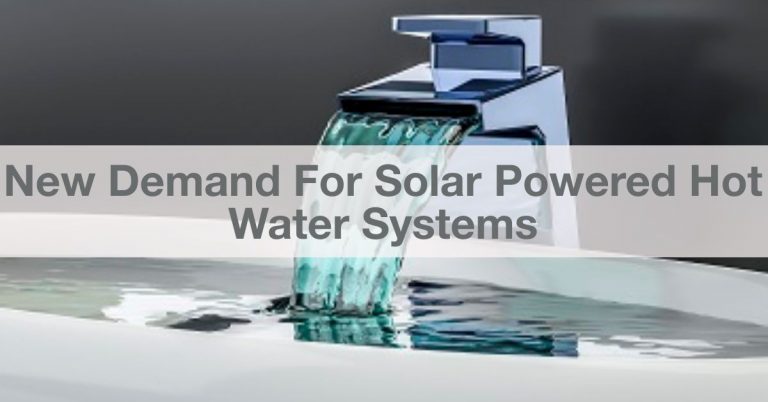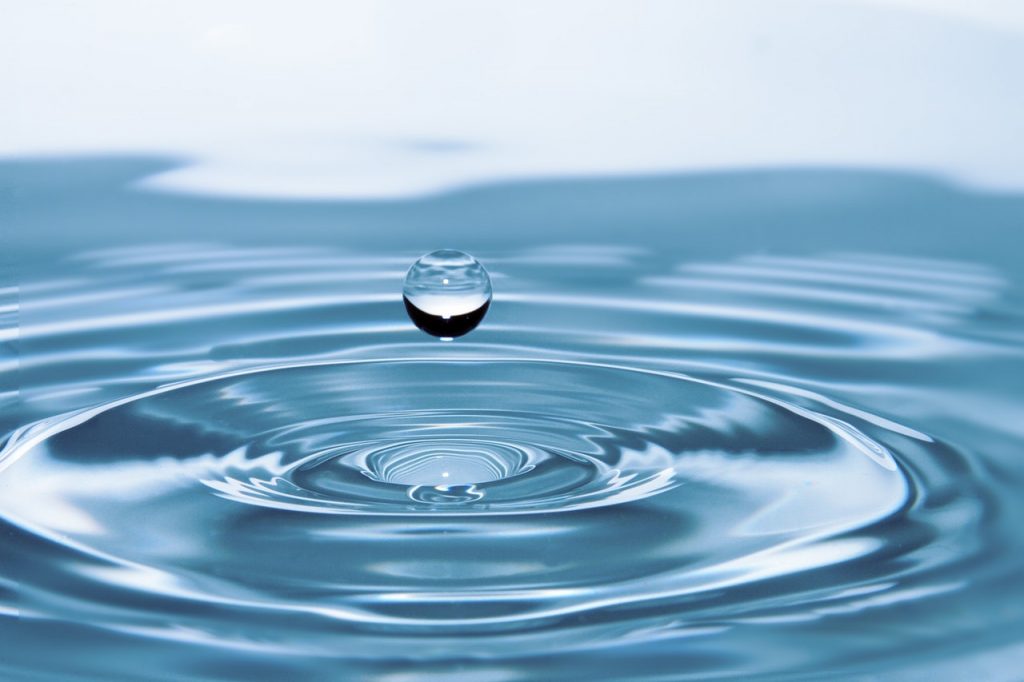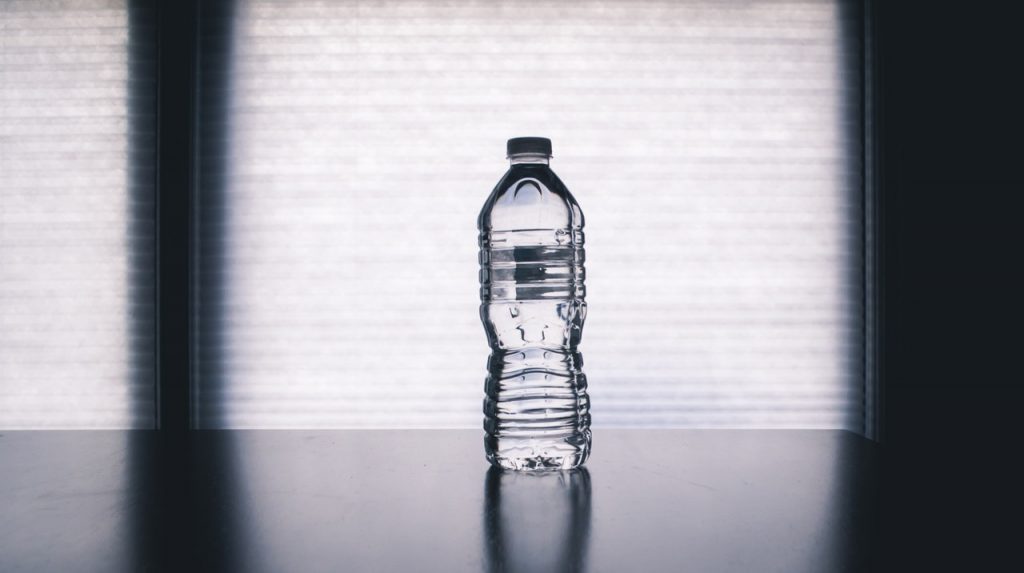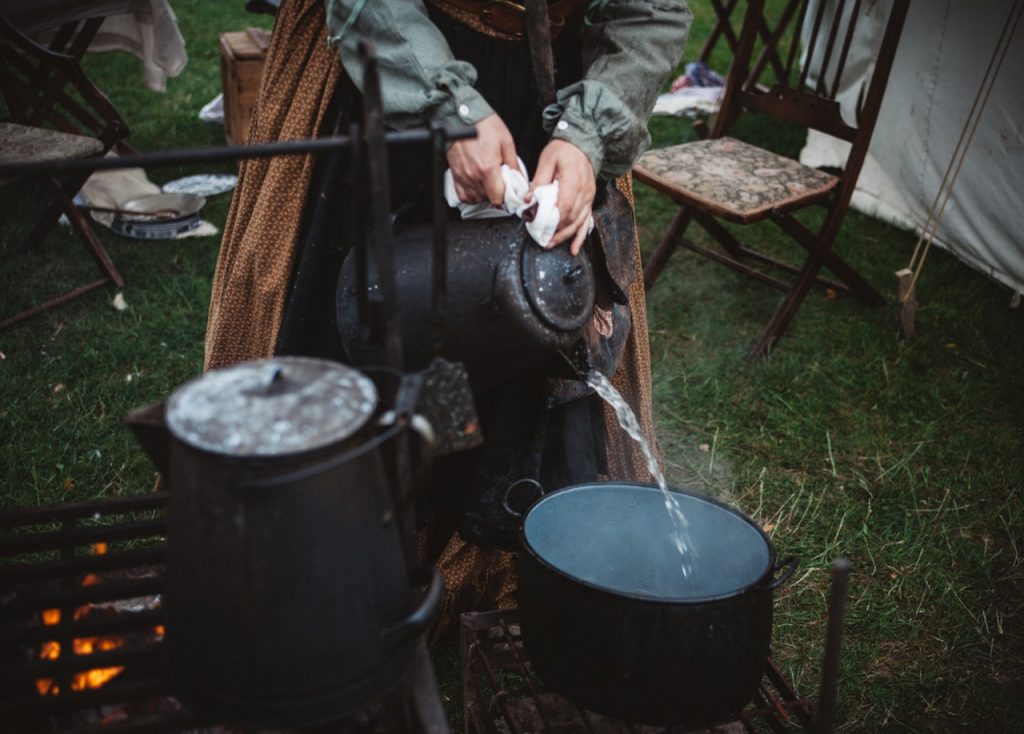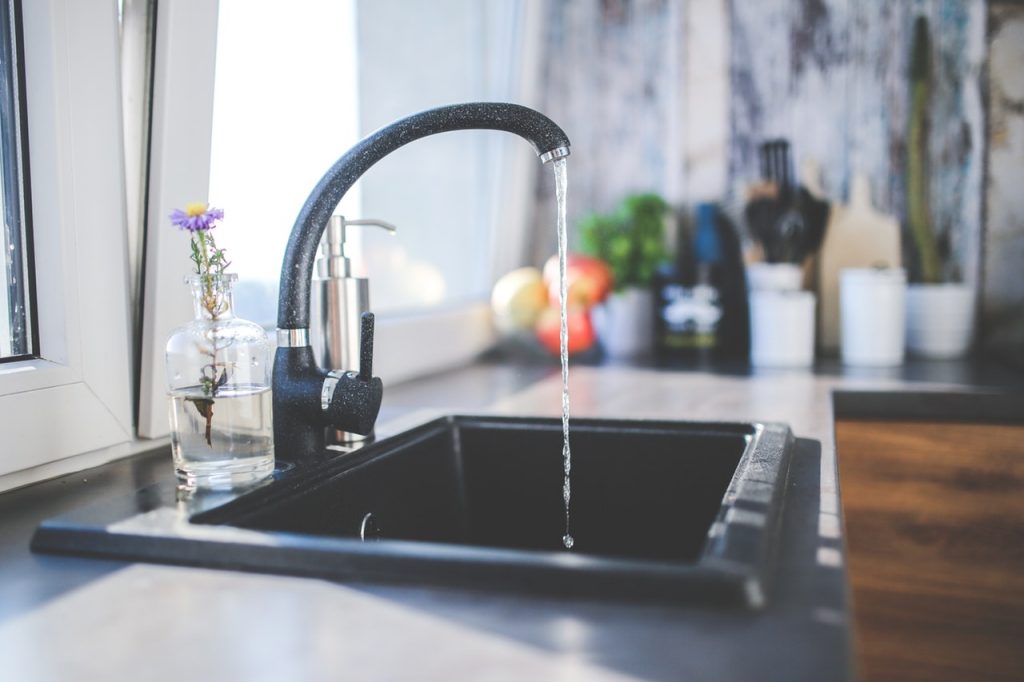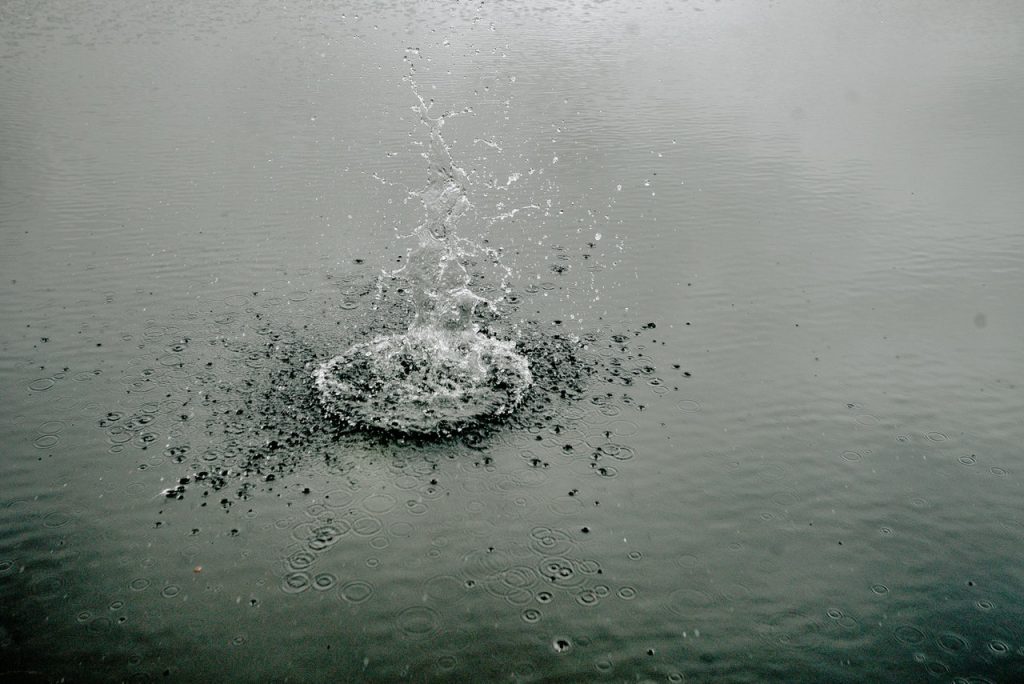You must have noticed an increased use in solar hot water systems in Indooroopilly, Kenmore, Tennyson, Chapel Hill, and others. The demand for these water heaters is growing at a fast rate compared to a few years back. So, what's causing this demand?
Well, some reasons can explain why homeowners and commercial properties are going for solar water heater system. Experts at Hot Water Brisbane have provided us with the following factors that are creating this demand. They include:
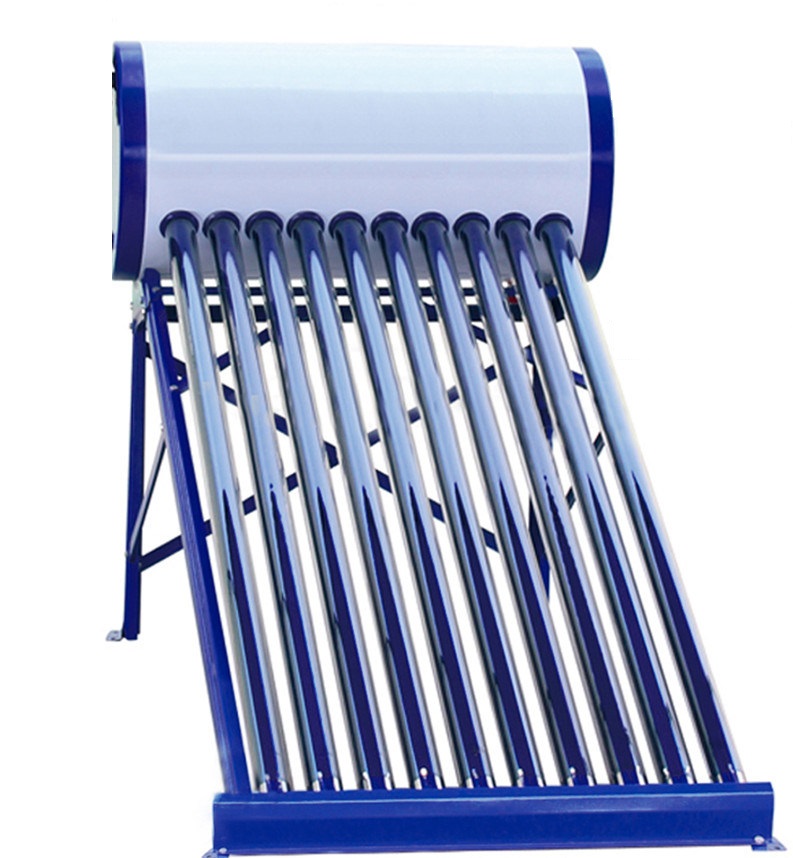
Environmental Awareness
Australians are more aware of environmental degradation today than ever before. The recent intense bush fires have shown us how bad is global warming can be. That's why people are now trying to use clean energy. The plumbing pros at Hot Water Brisbane have commented on the increased number of inquiries with regards to solar power hot water plumber installations in areas such as Indooroopilly, Kenmore, Tennyson, Chapel Hill, and Kenmore Hills.
Plumbing technician Jeff suggested that the rising popularity of environmentally-friendly energy sources and campaigning in those areas have played a part in residences and commercial properties requesting for solar-powered hot water systems.
Availability of Solar System
According to Jeff, a plumbing technician with Hot Water Brisbane, the solar hot water systems are more available than ever before. A decade ago, only a few brands were producing these types of water heaters worldwide. But with the growing demand for green energy, more manufacturers have come up.
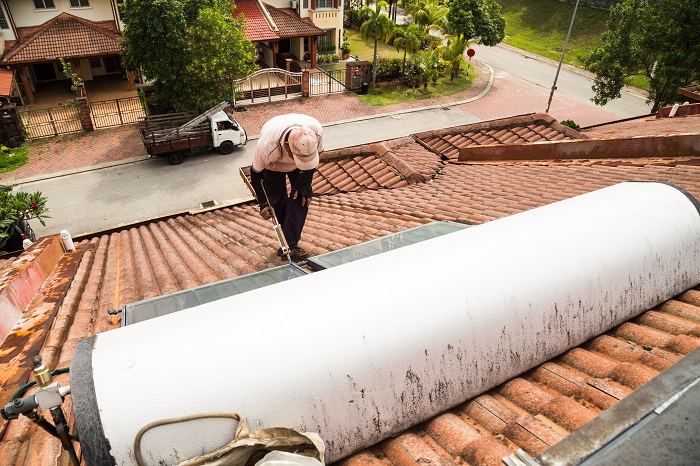
So, today, you enter a store in Brisbane and come out with a solar-powered water heater system. So, the ease of access to these types of hot water systems is one reason for the new demand. That never used to happen a while back. In some cases, you needed to place an order with the manufacturer for the unit to be constructed.
Government Incentives
The Australian government is giving incentives to residents investing in clean energy. Most homeowners are applying for the STCs. It is a government scheme that provides financial incentives for people installing clean energy.
So, you will get back some of the money you invested in a solar-powered hot water system. This is a big factor that is driving more and more Brisbane residents to install solar hot water systems. If you can get back thousands of dollars after installing this system, why not replace the old gas system with a solar-powered model?
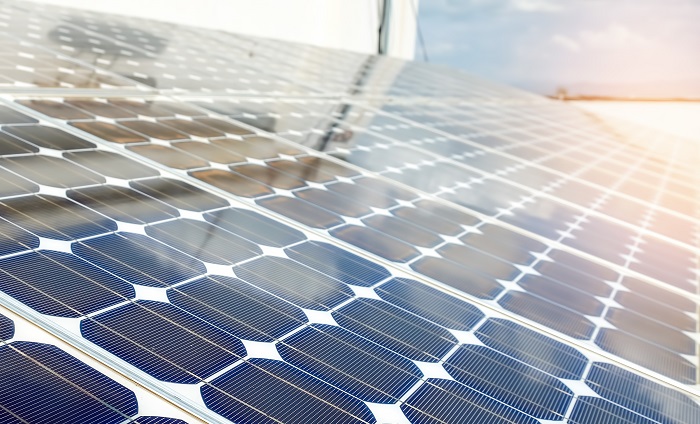
Availability of Solar Energy
In Brisbane, we have no shortage of solar energy. We have plenty of sunshine almost year-round, which is the energy need by these hot water systems to heat water. So, any technology that utilises solar energy will do very in this part of the country. This includes solar hot water systems.
The only time that you might need a backup is some days in winter when the sun might be weak. But for the other seasons of the years, you are guaranteed to get a constant supply of hot water from the unit. So, the availability of sunlight in Australia is one of the factors fueling demand for these water heaters.
Improved Efficiency
Unlike the first solar-powered hot water systems, today, we have some of the most efficient models. According to Jeff, solar hot water systems released a decade ago were super inefficient. They couldn't get the water hot during the fall and winter seasons. That's why the uptake by the market was not good.
The modern solar-powered hot water systems are designed to maximise heat absorption. The new models come with high-efficiency evacuation tubes, which maximises solar heat absorption. So, they can heat water even during fall and winter. The insulated tank keeps the water hot for a long time. So, if your home water demand is not big, the tank can supply hot water for the whole night.

Free Energy
Have you ever imagined how your energy bill would look like if you remove the water heater? Well, you can be sure that more than 30% will be slashed. That's the motivation driving Kenmore and other Brisbane suburbs to install these units.
Solar energy is available for free. It's a gift from nature that costs you nothing. After installation, you will enjoy a constant supply of hot water at zero heating costs. This will have a huge impact on your finance in the long run - you will be saving a lot of money.
Low Maintenance Cost
There is no doubt that a solar-powered hot water system is one of the most expensive water heaters. It might also cost you more to install compared to the electric models. That's unless you get financial incentives from the government. But Jeff mentioned that it is one of the cheapest water heaters to maintain.
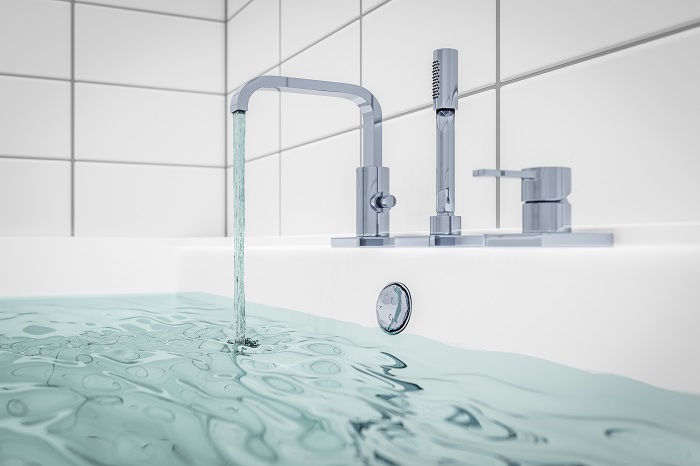
One thing about these hot water systems is you don't need frequent maintenances. They do not have moving or heating parts like gas and electric models. So, their rate of wear and tear is very low. That's how the cost of maintaining these units is one of the lowest in the market.
In conclusion, the solar-powered hot water system is the future. The fact it uses clean energy makes the planet safer. With advancing technology, we expect more improvement to make these units better. With time, they might wipe out the gas and electric hot water systems.

